May is generally a quiet month in terms of animal health on most farms. It is a busy month, however, with breeding and parasite control getting under way on a lot of farms. We have outlined below some important animal health tips for May.
Breeding tips
Look at cows that have not come back in heat within 35 days of calving as they may be cycling silently. They should be examined by your vet to determine if treatment is required to help achieve and maintain compact calving.
Worm control
Worms will be on the increase where animals are grazing pasture that was previously grazed by them last year. Prepare a monitoring plan and treatment for worms that start to hatch as soil temperatures increase.
These include gut worms, lungworms and liver and rumen fluke. The plan should include regular monitoring of the animals, grazing management, dung sampling and appropriate use of anthelmintics in either dairy or beef cattle and sheep.
Evidence of worm infections include a sudden “husky” dry cough for lungworm, and scour or poor thrive for other worms. If you are concerned, discuss with your vet. This is a particularly risky time for nematodirus in lambs, which causes a severe watery scour and rapid dehydration.
Vaccinations
Review your vaccination protocols. Lepto vaccination of heifers and cows needs to be completed at least two weeks before breeding.
Clostridial infection such as blackleg, pulpy kidney disease, black disease, etc, can be an issue on some farms but can be prevented by using a clostridial vaccine that protects against all clostridial disease.
Mineral issues
Mineral deficiency can be a problem at this time of year affecting the health and performance of animals.
Copper, cobalt and selenium/vitamin E are some important trace elements to be aware of.
Reduced growth rates in young animals, brown coats, scour and reduced fertility are often seen in copper-deficient animals. Muscle stiffness, unexplained pneumonia and death can occur with selenium deficiency. Pica (or eating stones) is commonly seen with phosphorus deficiency but is easily treated with oral phosphorus supplementation.
Bloat
Generally, frothy bloat from clover-rich grass is prominent at this time of year with a distended left-sided rumen. This can be fatal if not treated.
Look at prevention which includes the slow introduction to the pasture and other grazing management practices. The use of one of the bloat prevention products in the water may be an option.
Coccidiosis
Scouring is the main feature, with some levels of straining.
The disease can continue after turnout if left untreated.
Dung sampling is needed to determine exact cause of the scour.
Milk recording
Have you done your first milk recording yet? May is an important month to commence milk recording to identify and manage problem cows more successfully.
Summer scour syndrome is a relatively new condition and has not yet been widely researched, so the information that is available on it is based on practical experience of the condition in recent years.
How do I know if my calves have it?
Some calves turned out on to lush pasture can within a month of turnout start scouring and losing weight. This tends to be watery and green in colour. Up to 40% of calves can be affected and up to 2% to 3% can die.
They do not respond to routine treatments for worms, coccidiosis or bacterial infection
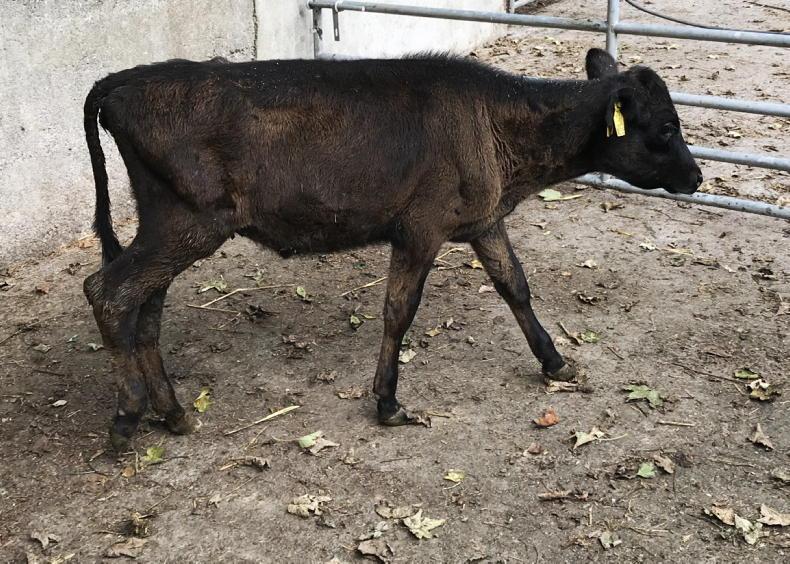
What causes it?
Calves tend to be selective grazers when put out first so they graze the top of the leaf which is high in nitrogen. This, in combination with low fibre on lush grass, can upset an immature rumen which leads to scour, dehydration and weight loss.
How do I treat it?
Treatment options should be discussed with your veterinary practitioner as there is no cure.
Treatments for scour including electrolytes to prevent dehydration are important.
If suspected, all calves should be removed from grass immediately.
Housed calves should be fed a high-quality forage such as hay, silage, straw and good-quality concentrate with free access to water.
After four to six weeks, their return to non-lush pasture should be carefully managed with access to fibre and high-quality concentrates.
Watch for concurrent disease or infection as the animal’s immunity can be reduced.
How do I prevent it?
Review calf-rearing strategy in consultation with advisers and veterinary practitioner.
Start weaning up to four weeks before complete removal of milk and ensure that calves are eating at least 1kg of concentrate before weaning.
This allows gradual development of the rumen.
Ensure that there is access to plenty of fibre from stemmy grass or older swards when turned out initially.
Strip graze calves to ensure that both leaf and stem are consumed.
A newly developed Parasite Control Targeted Advisory Service on Animal Health (TASAH) is available for 2022.
This voluntary programme can assist farmers by funding a free veterinary farm visit and two faecal egg counts and is open to all cattle and sheep farmers in Ireland.
Farmers must register and nominate their trained vet to participate.
The programme aims to facilitate parasite control planning tailored to the farm and slow the development of anthelmintic resistance.
Website
More information on the programme and how to register is available on the AHI website or from your local vet. Click here for more.





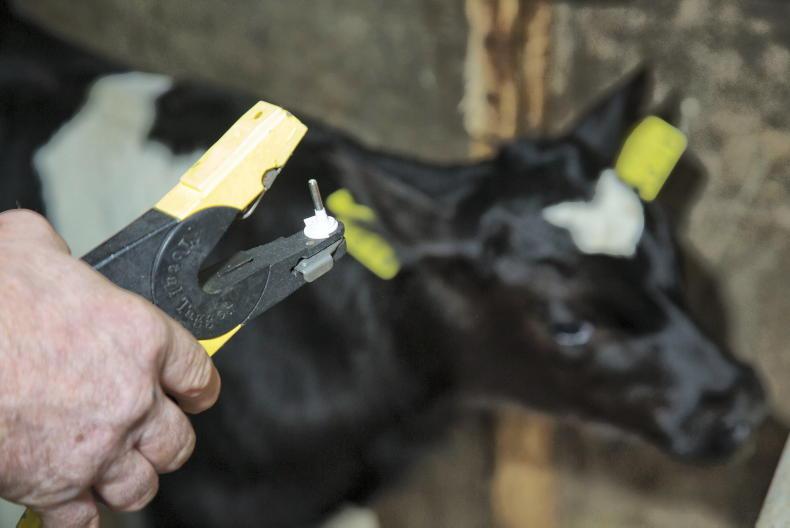

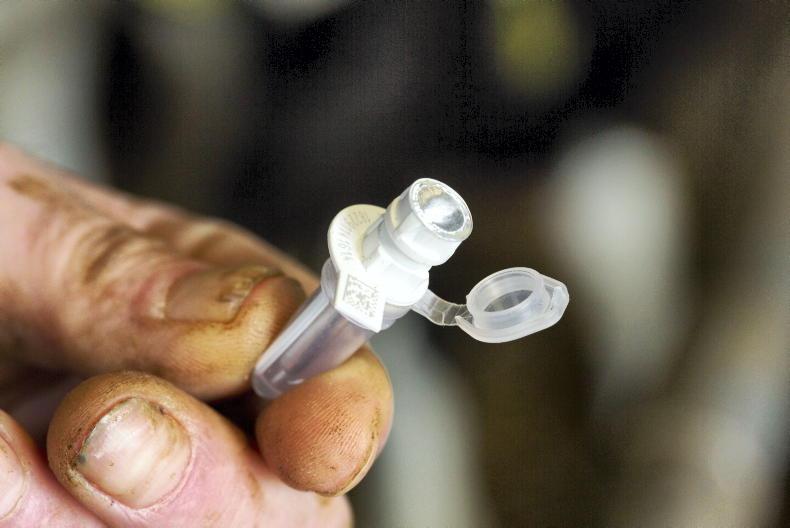
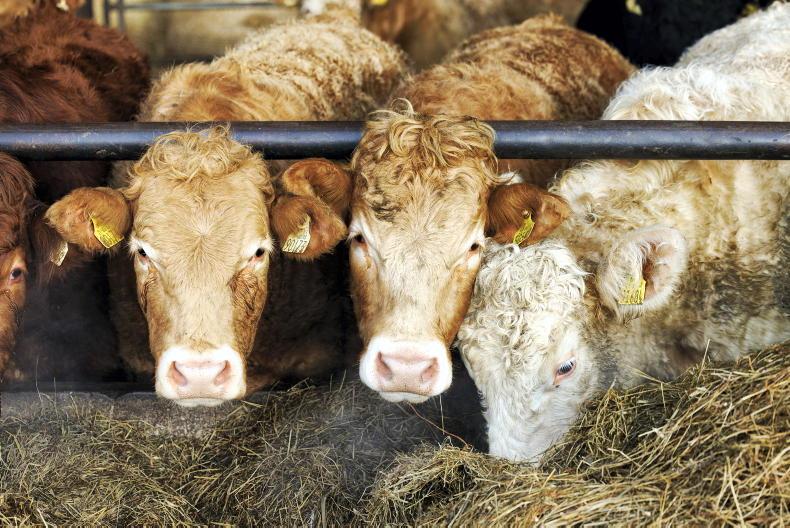
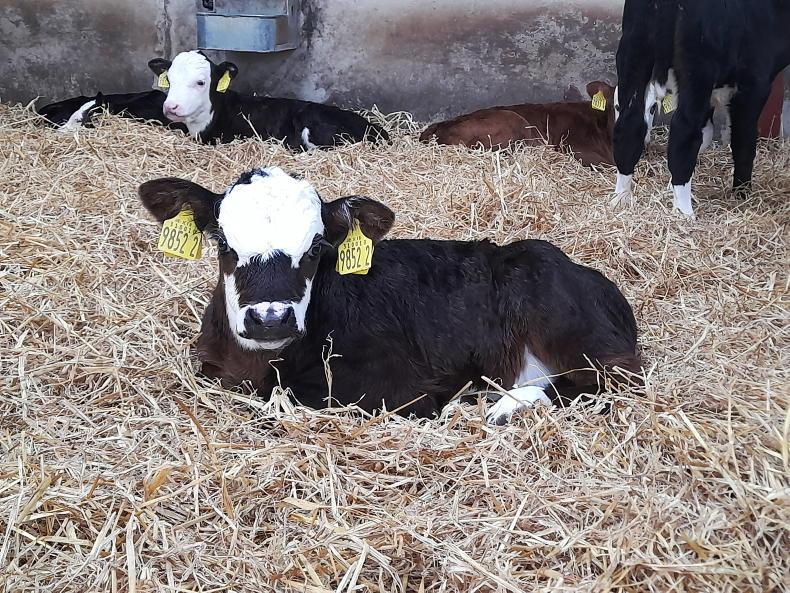
SHARING OPTIONS